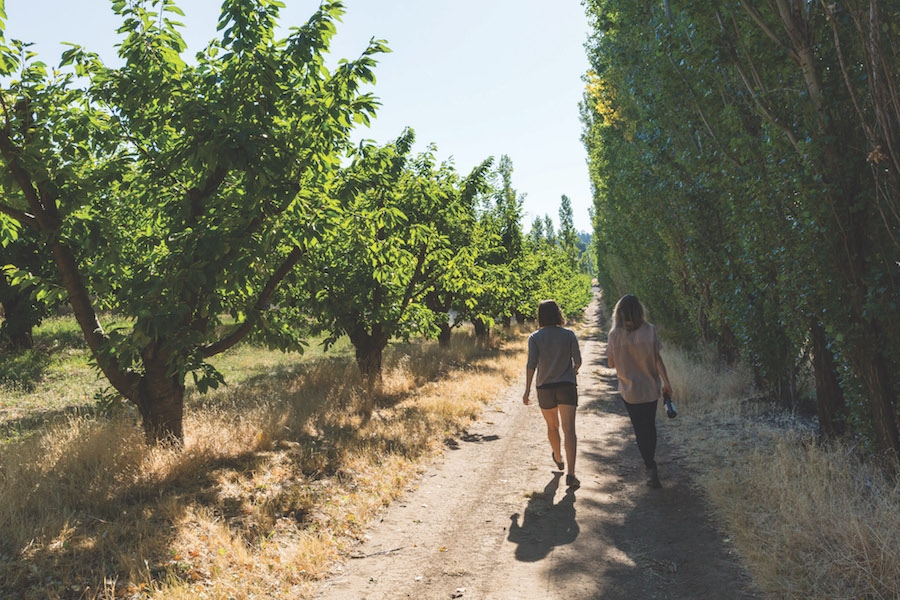Brand Story – Oregon Food Trails present a tasty new avenue for supporting small businesses in rural communities.
Oregon’s agricultural landscapes are amongst the most fertile in the country. Protected oceans yield some of the freshest possible seafood while rich, volcanic soil produces some of the country’s best culinary crops.
Most of the land, however, has been hard to access for the general public and has not been marketed well to visitors. The idea blossomed: why not reimagine these working landscapes for tourism, and invite visitors to experience the region more intimately by seeing where our food comes from and meeting the people who cultivate it?
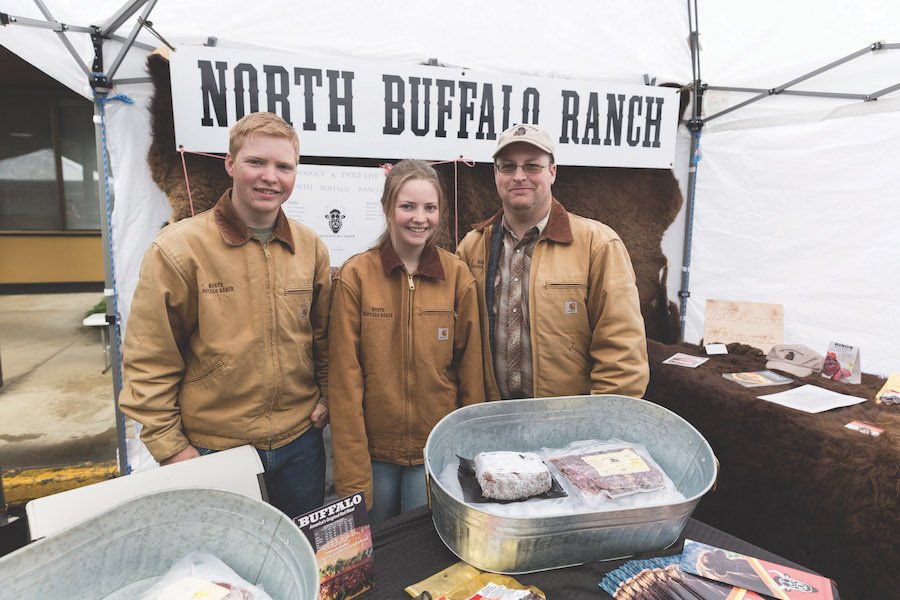 Free-range bison on the Great Umpqua Food Trail.
Free-range bison on the Great Umpqua Food Trail.
To meet this demand, rural communities have partnered with Travel Oregon through the Oregon Tourism Studio program—one of the best stakeholder engagement and community development programs in the country—to create Oregon Food Trails, a series of self-guided culinary adventures that connect visitors with the producers, farmers, and bounty of the local region.
“Essentially, we are helping to reposition culinary tourism,” said Scott Bricker, Director of Product Development for Travel Oregon. “In addition to eating amazing local products at restaurants, now visitors can go to the farm to learn about how the product is grown.”
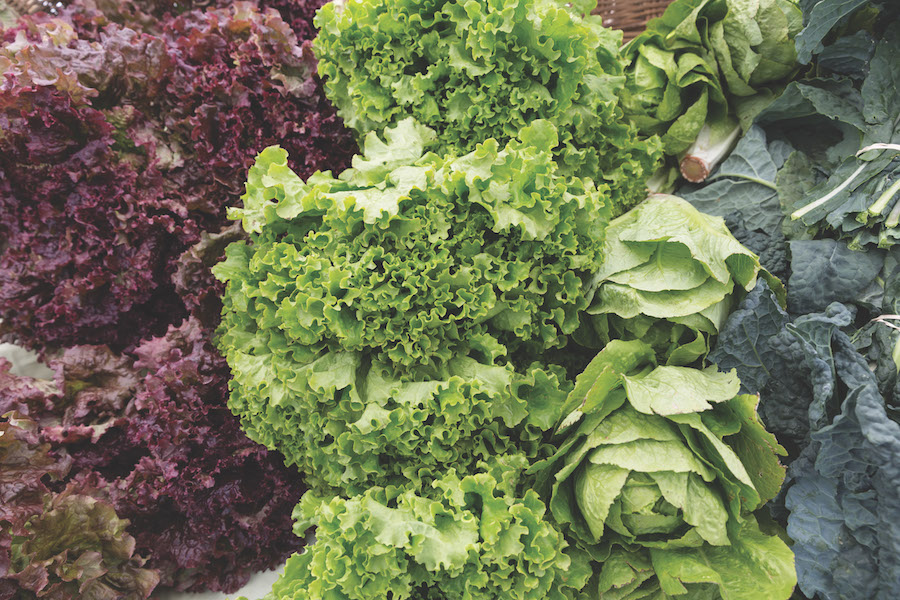 Fresh produce on the Great Umpqua Food Trail.
Fresh produce on the Great Umpqua Food Trail.
As of September 2018, four food trails have been developed: North Coast Food Trail (from Lincoln City to Tillamook to Cannon Beach), Wild Rivers Coast Food Trail (from Reedsport to Bandon to Brookings), East Gorge Food Trail (from Mosier to The Dalles to Dufur) and the Great Umpqua Food Trail (from Roseburg to Reedsport). Additional Oregon Food Trails are planned to launch by Spring 2019.
So far, the program is producing excellent results, with many participating businesses reporting an immediate influx of visitors. Direct sales have improved due to increased visitation and extended stays within the region. The only issue, according to one local, is keeping up with the surging demand.
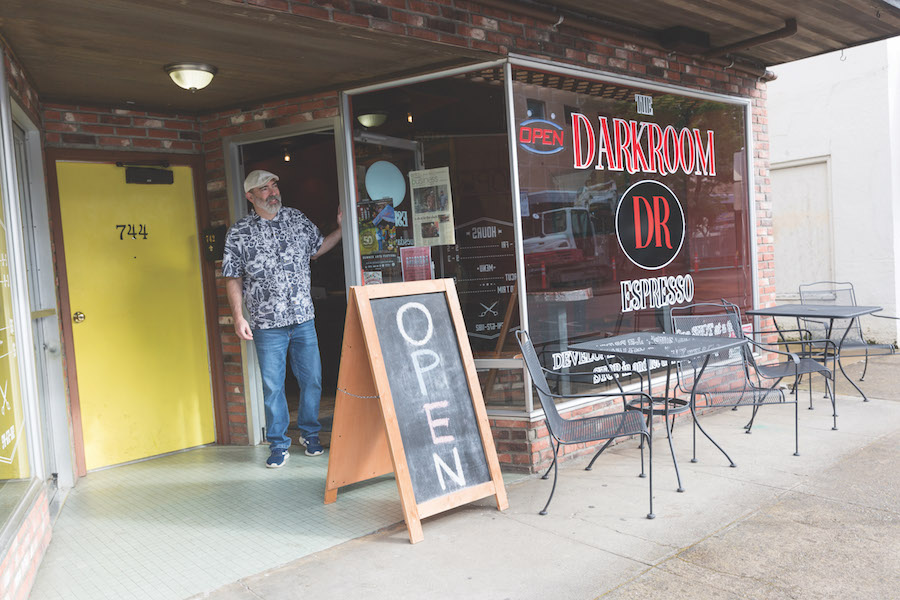 Shop owner is open for business at The Darkroom along the Great Umpqua Food Trail.
Shop owner is open for business at The Darkroom along the Great Umpqua Food Trail.
Each Oregon Food Trail highlights three thematic elements with matching itineraries, giving visitors a true sense of heritage and place. For example, the Wild Rivers Coast Food Trail follows the thematic elements of “berries, seafood, and scenic landscapes.” Trail participants can forage for mussels from kayaks, explore hidden sea coves, pick farm-fresh blueberries or cranberries, and enjoy ocean-fresh seafood from local bistros and restaurants.
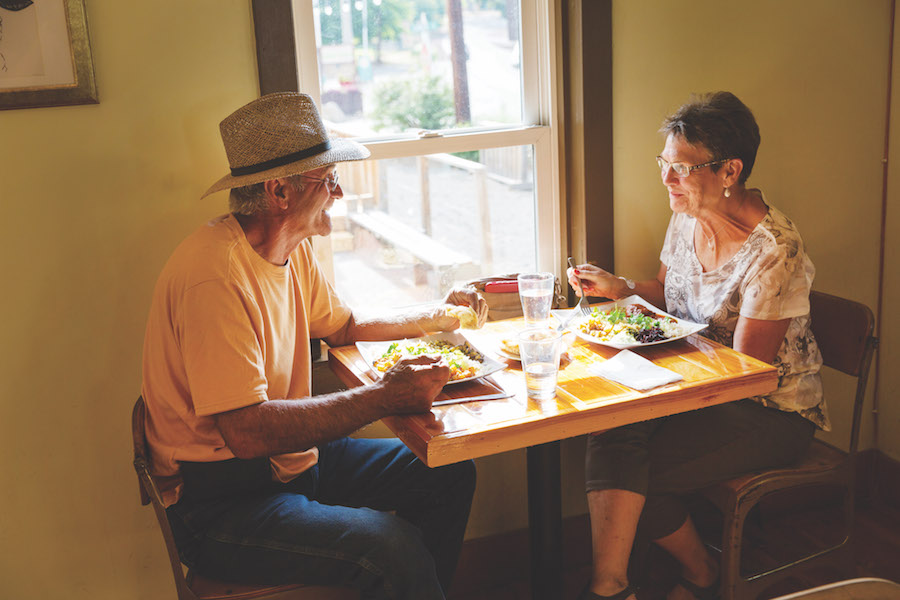 Visitors stroll through an orchard along the East Gorge Food Trail.
Visitors stroll through an orchard along the East Gorge Food Trail.
This powerful initiative is perhaps best illustrated by taking a closer look at some of the lives it has positively impacted.
Farm owners Dan and Micha Pennington bought Myrtle Glen Farm in 2014. Previously wedding and nature photographers in Eugene, OR, they longed to grow their own food while educating guests on organic farming practices.
Now, the Penningtons are entirely self-sufficient, and have opened their property to offer farm-to-table meals, homestead education, and gardening and foraging workshops. They also offer guided tours for visitors, where they explore secret swimming holes, secluded waterfalls, and other natural wonders.
Located in Myrtle Point, OR—and 25 minutes from the nearest town—the 27-acre farm offers a glimpse of true Oregon wilderness: 105-year-old conifer forest, the Milky Way painted across the night sky, a clear mountain creek that runs the length of the property, lush pasturelands, a productive orchard and hand-tended “restaurant gardens”.
A typical farm to table meal includes the garden’s freshest items—spring salads with exotic flowers; meat butchered on the property; just-caught fish from town; or produce picked that day from the garden. Visitors delight in discovering new foods, such as King Stropharia and candy cap mushrooms, stinging nettles and fiddleheads, and an array of herbal flowers.
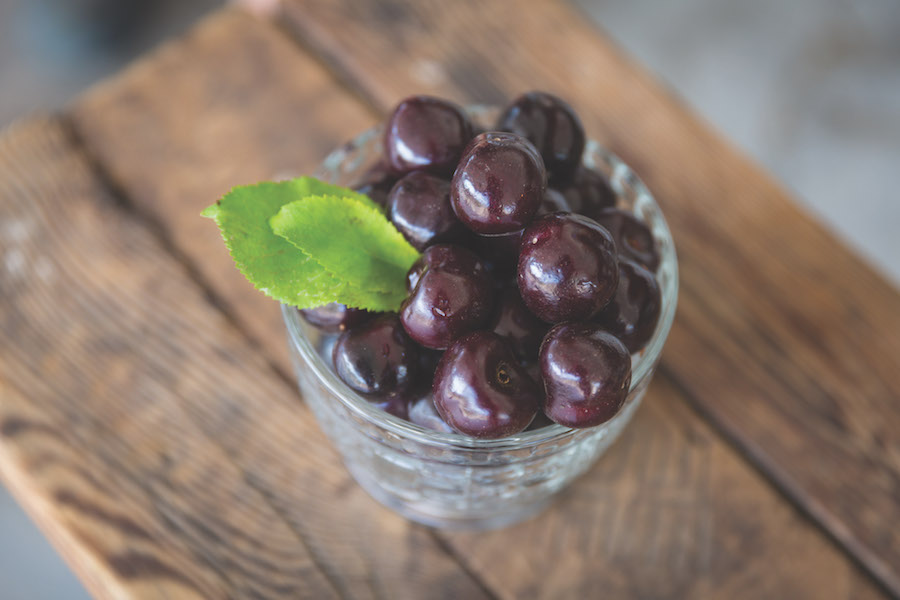 Cherries on the East Gorge Food Trail.
Cherries on the East Gorge Food Trail.
The Wild Rivers Coast Food Trail has been integral in helping Myrtle Glen Farm expand its reach and attract customers that match its ethical standards. “Visitors who find us through the Food Trail have a greater appreciation for what we’re doing out here,” said Dan. “And by promoting other local and sustainable businesses, we keep money cycling throughout this community.”
The Oregon Food Trails ultimately have a two-fold effect: satisfying the demand for culinary tourism while bolstering the livelihoods of rural communities. In 2017, Oregon tourism broke a revenue record by bringing in $11.8 billion. The industry directly supports more than 112,000 jobs statewide, with secondary impacts creating an additional 56,900 jobs. So by eating farm-to-table meals at Myrtle Glen Farm or booking a kayak tour along dramatic cliffs and sea stacks, visitors are not only revitalizing rural communities, but strengthening Oregon’s economy.
 Cider on the East Gorge Food Trail.
Cider on the East Gorge Food Trail.
After getting a taste of one of the Oregon Food Trails, visitors are encouraged and inspired to bring their experiences home with them, whether that’s a jar of locally made cranberry sauce or a loaf of fresh-baked sourdough bread. But beyond coming home with world-class products, visitors also bring home delicious memories of what the Oregon Food Trails truly offer: an interaction with communities who have come together to share their beautiful bit of the world with travelers.
Brand stories are paid content articles that allow Oregon Business advertisers to share news about their organizations and engage with readers on business and public policy issues. The stories are produced in house by the Oregon Business marketing department. For more information, contact associate publisher Courtney Kutzman.


